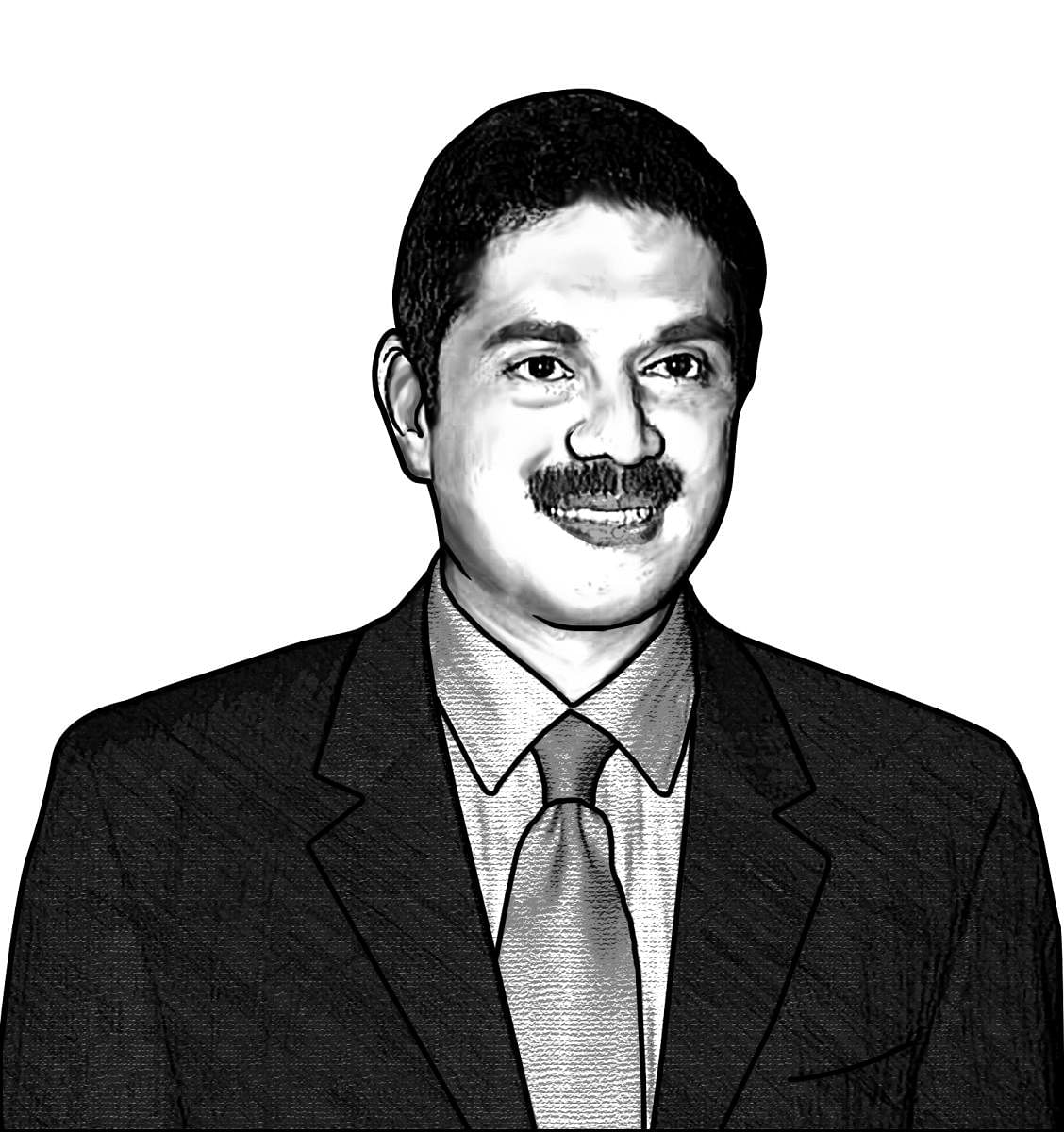Conspiracy theories always abound around the unnatural death of top military commanders, or for that matter any important personality, and it is no different in the case of Gen Bipin Rawat, especially because the government delayed for hours announcing the inevitable. At one point, it looked as though the government would say nothing until the next day, and it got many worried as rumours and conspiracy theories began to do the rounds on social media. Better sense prevailed by the evening of December 8, and the Indian Air Force announced the death of India’s first Chief of Defence Staff.
Questions have been raised by a cross-section of people, including by some former IAF personnel themselves, on how the Mi-17V5, one of the most versatile helicopters in the world today and flown by the country’s best pilots, could have crashed, especially when the weather conditions were not hostile. While such suspicion is natural, though purely speculative, the tri-services inquiry that has been ordered will hopefully bring out the truth.
Why the rumours and conspiracy theories got Chief Minister Basavaraj Bommai’s goat and he went on to warn that those saying irresponsible things would be punished is anybody’s guess. After all, aren’t his own party’s IT cell and its large army of hired trolls and fake news purveyors the worst practitioners of the black art? Witness all the stuff they put out on Jawaharlal Nehru, for instance.
But this is not the first time that a General’s death has raised conspiracy theories. Similar murmurs were heard when Gen K S Thimayya died in December 1965 when he was the Commander of the UN Peace Keeping Force in Cyprus, an assignment he had taken up post-retirement (he retired as Indian Army chief in 1961). Thimayya died suddenly of a heart attack. His body was flown to Bengaluru and was laid to rest at the Wilson Garden burial ground. But conspiracy theories arose mainly for two reasons: Old-timers in Kodagu, where he hailed from, recall that the sealed casket in which his body was brought to India was not allowed to be opened for public viewing, drawing speculation that he was actually poisoned to death; two, that his body was buried and not cremated as per Kodava custom.
Usually, relatives are instructed not to open the coffin when the body is dismembered or mutilated, but that was not the case with Thimayya.
These doubts have persisted, and as is the fashion these days, for whatever went wrong between the 1940s and the 1980s, fingers must be pointed at either Nehru or Indira Gandhi. Ah, so it was Indira Gandhi who did not allow the coffin to be opened, post-mortem to be conducted, etc. Hmm…she must have got Gen Thimayya killed!
Except, of course, when Gen Thimayya died, Lal Bahadur Shastri was Prime Minister, not Indira Gandhi.
Shastri himself died of a heart attack soon after, on January 11, 1966, in Tashkent, hours after signing a Soviet-mediated treaty with Pakistan following the 1965 war. Again, oh, he must have been poisoned to death! A film has been made in post-2014 ‘New India’ – by you know who – to peddle this conspiracy theory.
Thirteen days later, on January 24, Homi Bhabha, Nehru’s most-trusted man on India’s nuclear programme, died when his airplane crashed over Mont Blanc while he was on his way to Vienna. Did Indira Gandhi get him killed, too, along with 150 others on that plane? Years later, a British journalist claimed that a very drunk former CIA operative had told him the CIA had a hand in it.
Vikram Sarabhai was to Indira Gandhi what Homi Bhabha was to Nehru, in addition to being a close friend of the Nehru-Gandhi family. But when he died – of a cardiac arrest – while on a trip to Thiruvananthapuram in December 1971 -- again conspiracy theories were floated.
Check out DH's latest videos:
